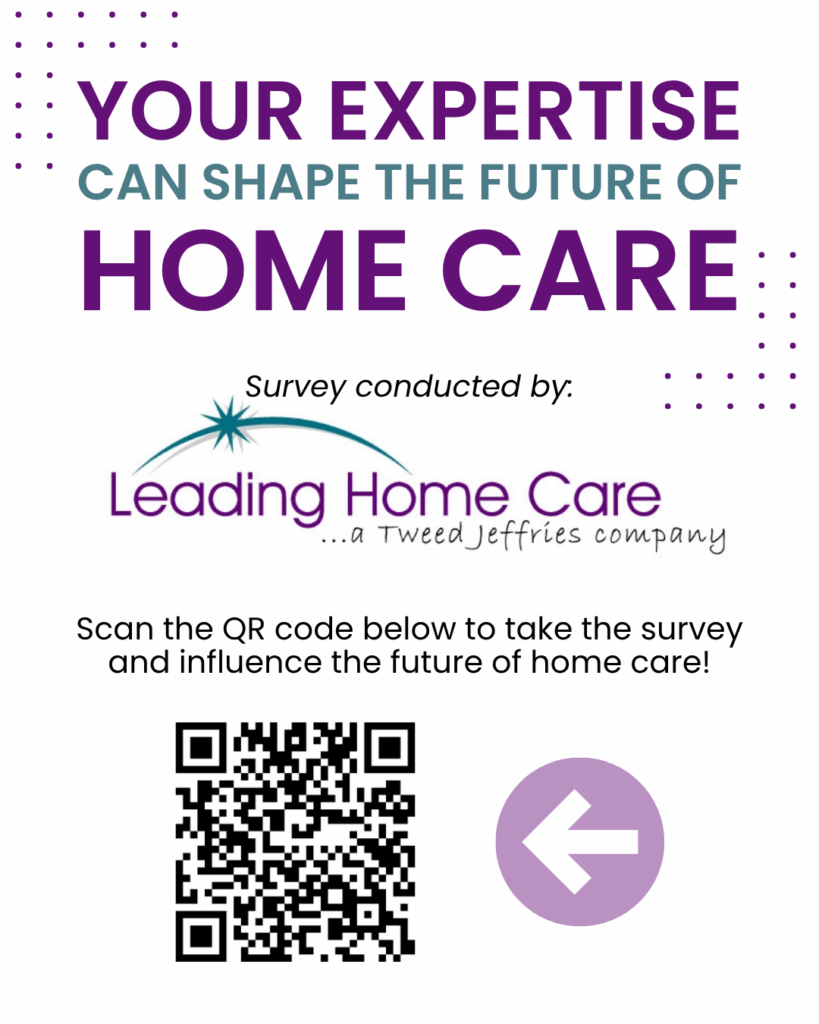Home Health Care Leaders across the country are looking for opportunities to serve more patients by working with hospitals to reduce unanticipated re-admissions. Beginning in 2013, Medicare will begin penalizing hospitals that have excess risk-adjusted rates for health attack, heart failure, and pneumonia.
A recent research study published by the National Institute for Health Care Reform suggests that one of the major causes of re-admissions is failure of the patient to see their doctor within 30 days of being discharged.
More than a quarter (26.1%) of all readmissions in the 30 days after discharge were for conditions unrelated to any conditions identified in the initial or index admission. At one year post-discharge, more than a third (37.4%) of all readmissions or rehospitalizations was unrelated to the initial admission (findings not shown). Reasons for the unrelated rehospitalizations included such conditions as hypertension, congestive heart failure and stroke, which frequently present as comorbidities. For example, a patient with both diabetes and congestive heart failure might be hospitalized for an acute diabetic episode, treated and released, then rehospitalized three months later for congestive heart failure.
F ollow-up care from a physician or other medical provider after a hospital discharge is important to monitor the condition that led to the hospitalization and for preventing readmissions. One-third of adults discharged from a hospital did not see a physician, nurse practitioner (NP) or physician assistant (PA) in the 30 days following discharge, excluding physicians seen in emergency departments . Even 90 days after discharge, 17.6 percent still had not seen a physician, NP or PA.
It’s clear that there are opportunities for home health agencies and private duty companies to help reduce hospital re-admissions by encouraging patients and clients to see their physician after being discharged from the hospital.
What are you doing to reduce hospital re-admissions?



